
Food ....
From the tomatoes, olives, saffron, peaches and cherries of our very own valley to the vast oyster beds of the Etang de Thau , you will find abundant flavours and gourmet delights in the department of Hérault.
I will be sharing some of our local produce with you over coming months , so watch this space.ext
and...Wine


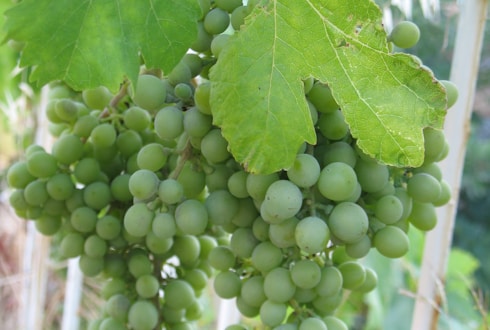
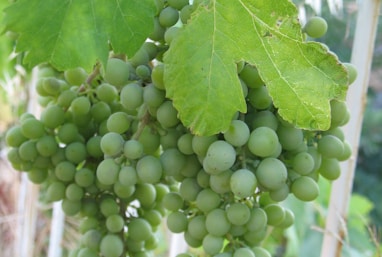
Visit this part of Hérault and you will see endless fields of vines stretching from the foothills of The Massif Central where we have made our home, to the flat plains bordering The Mediterrnean Sea . I will take you to visit a few of the countless wine producers in this area, from tiny domaines to grand internationally renowned enterprises. Find a glass, and watch this space.
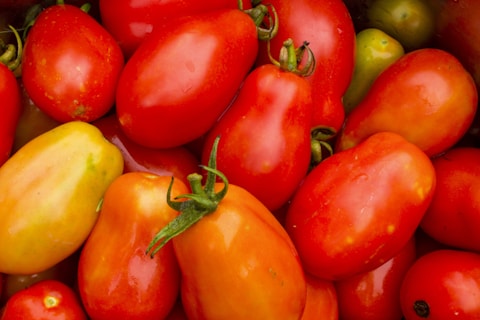
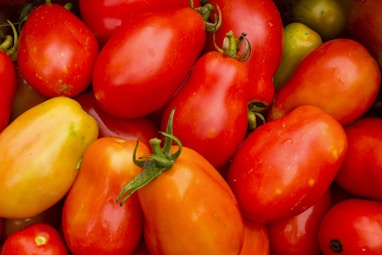

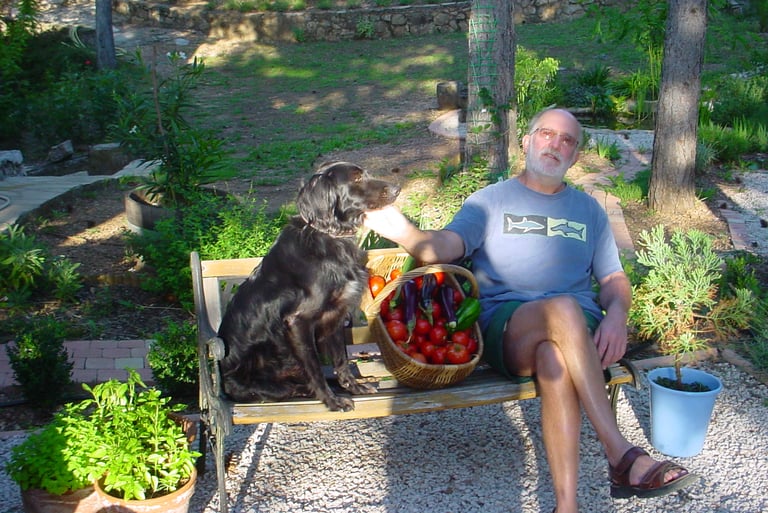
The Tomato
Whether it is grown in France, Guernsey, Morocco or The Canaries, the tomato is universally liked , and I dare say is on your shopping list throughout the year, as it is mine. However, nothing lives up to the taste of one's own home grown tomatoes. Small and sweet the cherry tomatoes are first to appear, followed by the round, fat St Pierre, which we grow for salads because of its exceptional flavour, and the oval shaped Roma which is mainly for preserves. This year we are trying the Italian tomato San Marzano, with its exquisitive tear drop form.. All year round I imagine the delights of late summer, when the tomatoes are ripening on the vines and our table is graced with tomatoes in some shape or form. There is absolutely nothing better than a well seasoned tomato salad, drenched in our own locally produced olive oil and adorned with emerald green basil.Early September is one of the busiest times of our year when basketfuls of tomatoes are taken to the kitchen to be dealt with. Some will need to be preserved, so out will come our faithful Italian passata maker. First of all the tomatoes will be reduced slightly, so the flavour of the passata will be intense when finally added to soups, casseroles and pasta sauces throughout the coming winter. Others will be cut in half and with a sprinkling of oil, perhaps a little balsamic vinegar, muscovado sugar or herbs they will be very slowly dried , either in the sun, or often in a very low oven. These are a perfect reminder of summer during the long winter ahead. And of course many will be eaten just as they are, while we can still enjoy them fresh from the vine.
But all is not well in the potagers(or vegetable plots) of Hérault this year. When I take our basket to be filled as usual , I return with only a few red fruit scattered on the bottom. I look anxiously at the remaining tomatoes, but they remain stubbornly small and green and cling to the vines. When we talk to neighbours, for everyone around here has their own 'potager,' they shake their heads and grumble. No one knows what is wrong with the tomatoes this year. There has never been a season like it.But come spring B. will be selecting tomato seeds from the seed catalogues as usual, and buying bundles of healthy tomato plants from the market in early summer to supplement his own seedlings. For no one who has ever grown their own tomatoes would happily give that up.
Oysters
Talk to a French person about Oysters and they will be firecely loyal , either to the 'huitres ' from Arcachon, or those from Cancale on the northern coast. Last but not least there are those from our own region 'les huitres de Bouzigues.' Each variety of oyster has its very own flavour I am told. Well, I cannot say. But if you go along to Bouzigues at any time of year , and especially on a Sunday, you will find the restaurants that line the shores of the lagoon overflowing with customers.
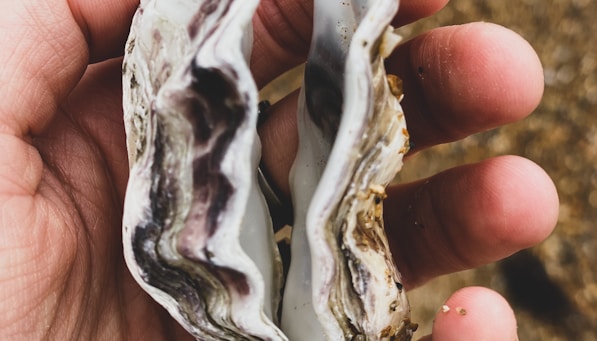

Where to eat oysters
Bouzigues:
This is the place to eat oysters . You will find a large number of restaurants, many run by the local producers themselves, all strung out along the foreshore. Choose a table outside, and gaze over the étang towards the port of Sète and Mont St Louis. Afterwards you may choose to stroll along the stone quay, or take a trip on the passenger boat(twice daily in summer) which will take you on a tour of the oyster tables.


Marseillan:
Marseillan is a pretty town further along the lagoon's northern shore. Here you will find a good number of restaurants running along the quay . Choose the one that suits you best. However , if you want something a little different head beyond the edge of town for....
Le St Barth , Tarbourierch:
We discovered this unusual place when exploring the local vineyards in search of Picpoul wine. It seemed little more than an attractive wooden fisherman's shack. A long wooden jetty ran out into the water, where a couple of egrets were looking for fish in the shallows. The place was closed but we vowed to return. One autumnal day we booked a table , but when we turned up the place was buzzing with diners , and young waiting staff in black t shirts were rushing about bearing heavy platters of seafood.
The menu is limited to locally produced oysters and mussels 'à la brasucade.' We tried both and they were absolutely delicious.
One ' petit b mol' as the French might say ,is that you are more likely to hear English spoken here than French, for this place is most definitely on the tourist scene. We even met some Americans from a cruise ship that had moored at Sète. If you want the true French experience, head for Bouzigues instead.
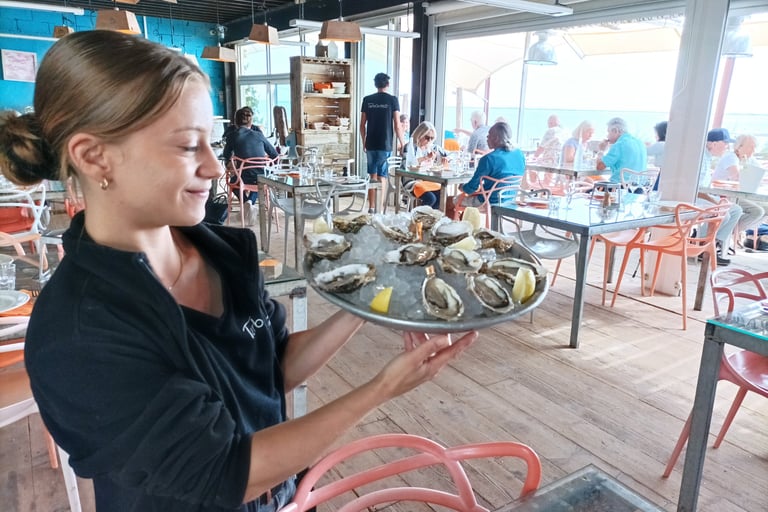

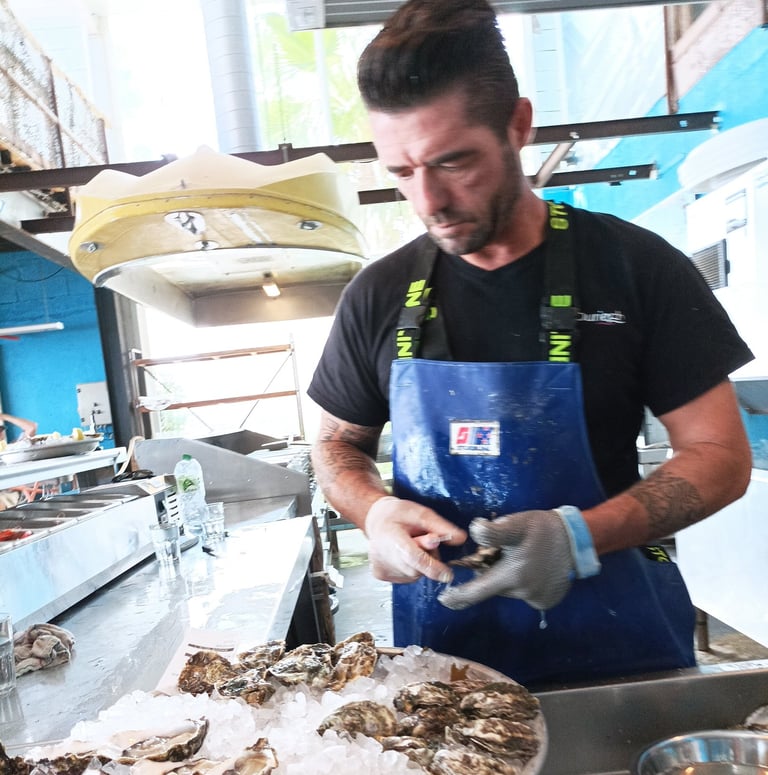

What wine to drink with your oysters
No proud Languedocien would ever drink anything other than the local Picpoul de Pinet wine with their oysters. Created from the single piquepoul blanc grape which is grown exclusively in the vineyards on the northern slopes of the lagoon , around the village of Pinet , it is dry, slightly fruity and frankly delicious. The largest cave which produces this wine is Ormarine, but there a number of smaller domaines dotted around this area.


The Olive.


For those of you who have read my blog you will have learned that our local olives have successfully been harvested. Mostly picked when green, a few will be harvested when they have turned black , for eating rather than turning into oil. Two of the most common varieties in Hérault are the picholine and the longer Lucques olive, which is considered to be a local speciality. This generally has a more crunchy texture.
Languedoc Roussillon is now the second largest producer of olive oil in France, and as a mark of the growing popularity of olive oil, the number of olive mills has greatly increased in all departments.
On Sunday we called in at our neighbouring olive grower's house to collect the ten litres of extra virgin oil that we had requested. We returned the two bidons from last year's purchase and were rewarded with two fresh ones filled with light green oil. Mme Rudel assured us that it was deliciously fruity this year as the harvest had been early. As is the local custom we shared an aperitif around their kitchen table as we completed the purchase, and learned some of the local gossip.
It is typical of France that their land lies in various lots in the vicinity. They live in the village close to the church and the ruins of the old chateau.
We shall eke their precious oil out over the year , conserving it mainly for dressings and mayonnaise. For frying I shall buy cheaper alternative olive oil at the supermarket.





